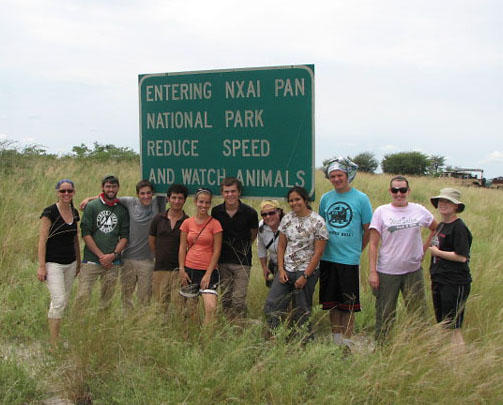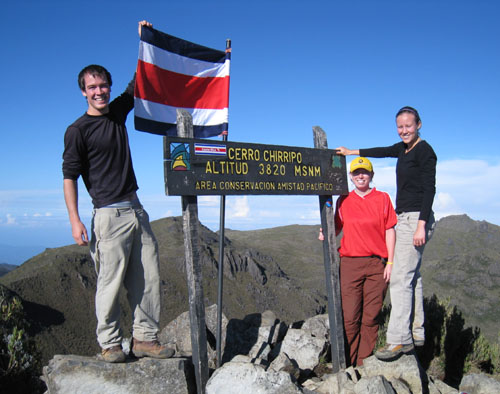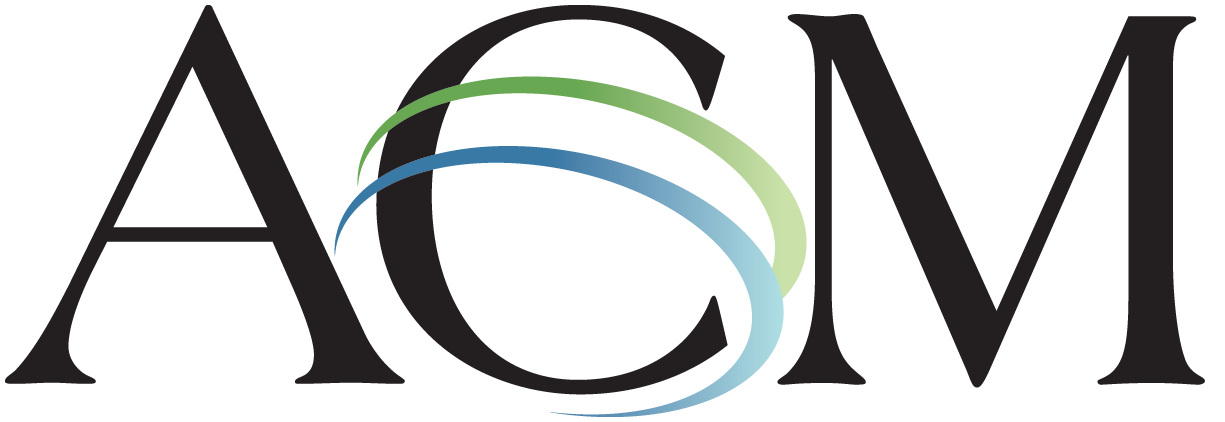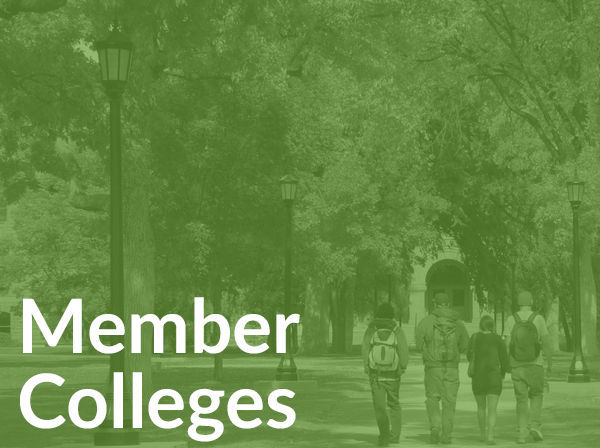Around the World and Across the Curriculum
Their travels have covered the globe – Argentina, Greece, Thailand, Chicago, and points between. They have studied topics across the academic disciplines, from religion to theatre to biology. Along the way they’ve had life-changing experiences as varied as living with a Thai family in a rural village and studying killer whales in the Pacific Northwest.
Now this group of 25 students will share their insights, research findings, and reflections at ACM’s 50th Anniversary Student Symposium on Off-Campus Study in Chicago on April 17-18.
 Students visiting a wildlife preserve on the ACM Botswana Program.
Students visiting a wildlife preserve on the ACM Botswana Program.
Each college selected participants for the excellence of their off-campus study presentations. As a group, they vividly illustrate the many ways that off-campus study contributes to students’ education and lives. For example,
- One participant, a biology major who had not been outside the U.S. before, noted that “After living, traveling, and studying in a biodiversity hotspot, I have decided to pursue a career in ecological research. Living in Tanzania opened my eyes to the connectivity and interdependence of each part of our environment.”
- Another called his off-campus study experience “a once in a lifetime opportunity to live the subject taught in the classroom.”
Lake Forest President Steven Schutt will welcome the Symposium participants and guests at a reception in downtown Chicago on Friday evening, April 17. Former ACM President Elizabeth Hayford will speak about the programs created during her 25 years with the consortium. Jody Kretzmann, a founding faculty member of the ACM Urban Studies Program, will talk about the ways that experiential education distinguishes off-campus study. Faculty from each campus will join students at the Symposium, as well.
 Scaling the heights on the ACM Costa Rica: Field Research program.
Scaling the heights on the ACM Costa Rica: Field Research program.
Photo by Kelsey Pullar
As a consortium and individually, the ACM colleges have been leaders in making off-campus study a central element of undergraduate education. ACM has operated international and domestic programs since the early 1960s, so the Student Symposium will be a fitting celebration to cap ACM’s 50th year.
The Symposium will be held at the Chicago Programs’ new site at 177 N. State Street, beginning with the reception and a dinner and continuing with presentations throughout the day on Saturday, April 18.
A look at the titles of the presentations at the Symposium (see the Symposium Schedule) shows that ACM students tackle a wide range of topics on their off-campus study programs. The presentations will be grouped under the two main themes of “research and internships” and “cultural awareness and personal growth.”
The students’ comments make it clear, though, that what they have experienced and learned off-campus crosses all categories and touches every part of their lives, academic and personal. As one participant put it, off-campus study provides “an illuminating window” into another culture.
Go to: Symposium Schedule and Presentation Abstracts






